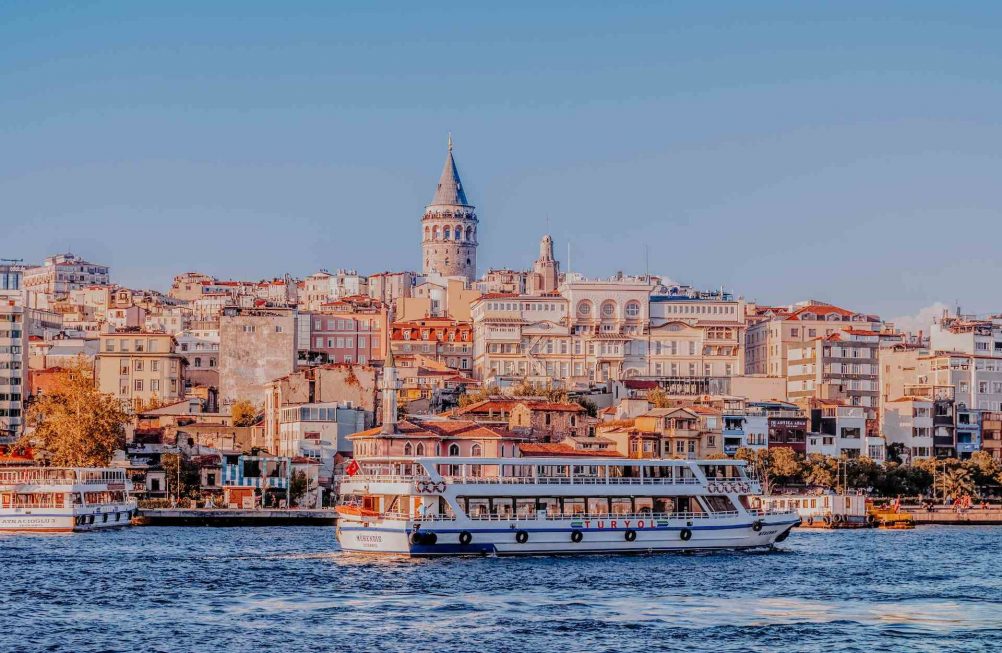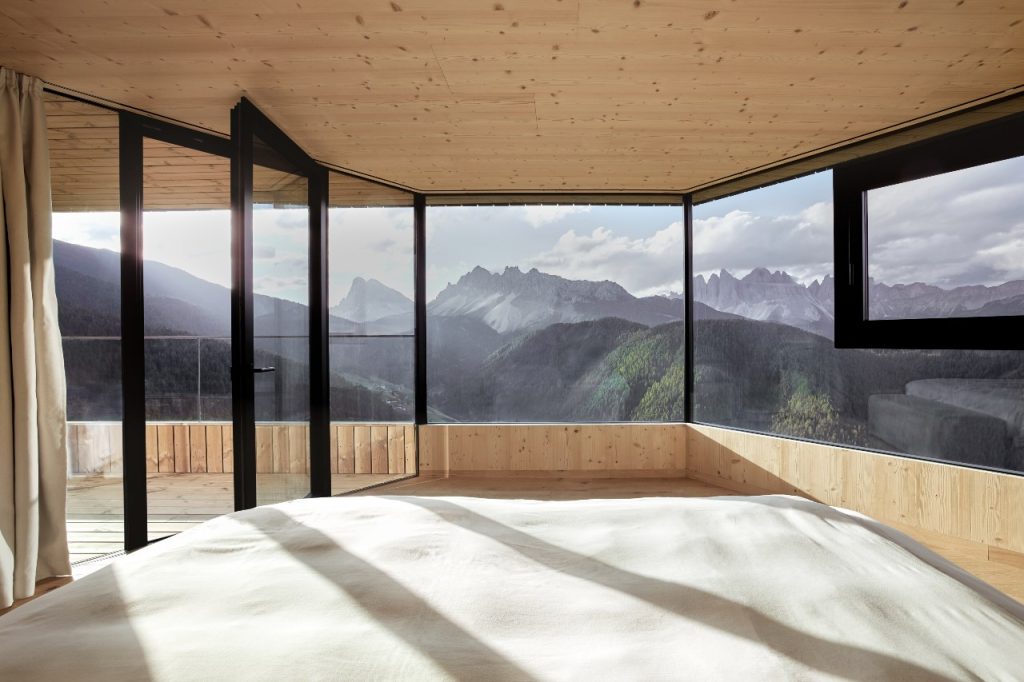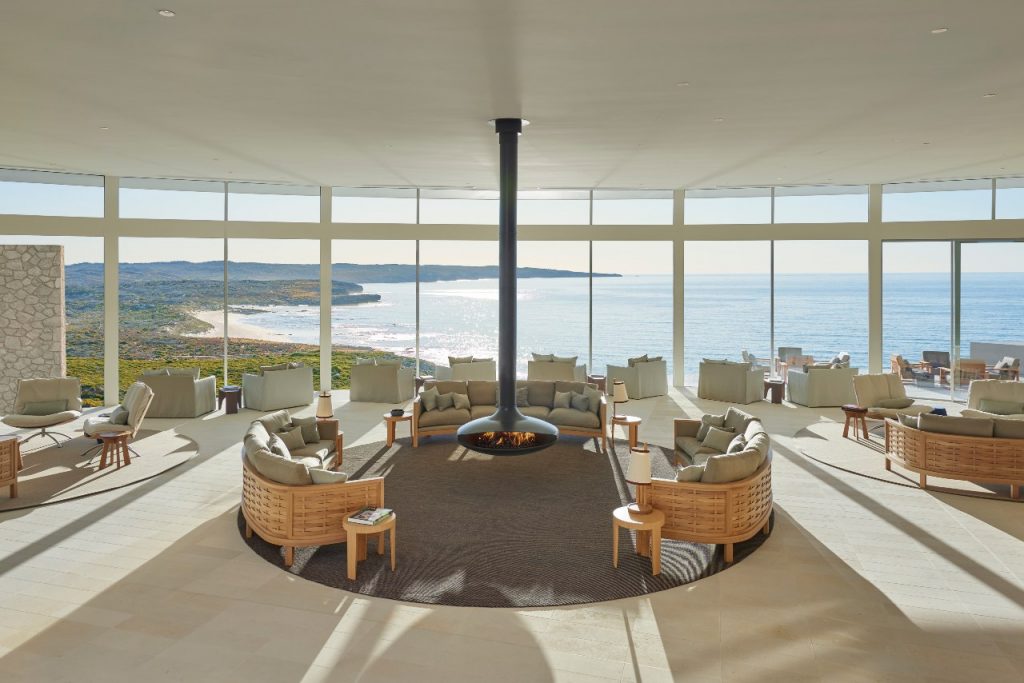Discover a different side of Istanbul
Beyond the palaces and mosques lies the real city.
Words by Ute Junker
Photos supplied
First published in Explore
If there is one thing you need to pack when visiting Istanbul, it is a pair of walking shoes. This is a city best explored on foot and you can notch up plenty of steps exploring the city’s extraordinary monuments: the Aya Sofiya and the Blue Mosque, Topkapı Palace and the long stretch of Istiklal Street, with its elegant architecture and its jaunty red trams.
Don’t think you can put your feet up after ticking off the big sights. The true spirit of Istanbul lives in its neighbourhoods, each of which has its own vibe. Go exploring and you may discover anything from cats basking in the sun in front of lively tea gardens to vegan cafes set into wooden townhouses overlooking ancient synagogues and Orthodox churches. This guide to some of our favourite neighbourhoods shows you how to walk the paths less travelled.
Boho beat: Çukurcuma and Cihangir
Why we love it: An easy walk from bustling Istiklal and Taksim Square, these much quieter neighbourhoods have long been beloved of the city’s artists and intellectuals and the attractions are obvious. The pastel-painted buildings lining the narrow streets house an enticing array of art galleries, vintage boutiques, old-school cafes and restaurants, while a vast population of stray cats is cared for by residents. (You will find multi-level “cat apartments” or shelters on many sidewalks, although many of the cats seem more comfortable snoozing on front steps or even the seats of parked motorbikes.)
Where to start: If you are on Istiklal, slip into one of the narrow laneways behind Galataseray High School and head downhill. If you are at Taksim Square, turn down Sıraselviler Caddesi and you will soon be in the heart of the neighbourhood.
Plan your visit: No need to set the alarm clock – shops and galleries here don’t get going until around 10 or 11am. For early risers, Van Kahvaltı Evi on Defterdar Yokuşu (facebook.com/VanKahvalti) serves one of Istanbul’s most famous Turkish breakfasts. Alternatively, the Firuz Ağa Çay Bahçesi tea garden on the corner of Sıraselviler Caddesi and Akarsu Caddesi, named for the nearby green-and-white Firuz Ağa mosque, is one of the most popular gathering spots for locals. Take a seat beneath sprawling tree canopy and order a glass of black tea – served in the traditional tulip-shaped glass – and you are free to sit as long as you like. Starstruck locals love to watch some of Istanbul’s best-loved actors learning their scripts over cups of tea.
This area is also rich in contemporary arts galleries – including Pilot (pilotgaleri.com), housed in a converted nightclub), C.A.M gallery (camgaleri.com) and The Empire Project (theempireproject.com) – and antiques stores, many of which offer an experience as immersive as any gallery. Among the loveliest is A La Turca (alaturcahouse.com), where a wide range of exquisite objets (with matching prices) is displayed over several levels: everything from kilim carpets to antique globes and ornately-wrought lamps. Also worth a visit are Asli Günşiray (asligunsiray.com) and Abdullah Antiques [SUBS: no website].
Sitting alongside these upmarket retailers are more traditional vendor such as Asri Turşucu (asritursucu.com), one of the city’s most famous pickle shops. Pickles are an integral part of Turkish cuisine and this family-run outlet, in business since 1938, sells not just traditional favourites but also more inventive options including pickled cherries and pickled okra.
If the colourful jars of pickles get your appetite going, head to Cezayir Street (Algeria Street), a long stairway lined with cafes, bars and restaurants painted in bright colours. The street has a distinctly European vibe and was originally known as French Street. After the French government recognised the Armenian genocide, local authorities rechristened the street to memorialise French colonial atrocities in Algeria.
One more thing: Perhaps the area’s most unusual attraction is the Museum of Innocence created by Nobel Prize-winning author (and local resident) Orhan Pamuk. Conceived as he wrote the novel of the same name, the Museum of Innocence contains vintage objects that capture the moods of the novel’s main characters.
Melting pot: Fener and Balat
Why we love it: Sitting on the western bank of the Golden Horn, the neighbouring districts of Fener and Balat share a charming village vibe despite their very different histories. Both feature a tangle of sloping streets where neighbours gossip and children play in the streets, and are among the few neighbourhoods to retain large numbers of traditional wooden houses studded with closed balconies known as cumba. Fener was once home to the largest Greek population in the city, encouraged to settle here by the Ottoman Sultan. Balat’s population included large numbers of Jews who fled persecution by the Spanish Inquisition.
Where to start: You can reach Balat by ferry from Eminönü, Karakoy, or Uskudar to Ayvansaray, and then walk back along the coast. If you would rather start in Fener, a number of buses from the Eminönü bus station by Galata Bridge take you to Fener.
Plan your visit: Istanbul’s multicultural past is memorialised by local landmarks such as the cast-iron Church of Sveti Stefan, known locally as “the Bulgarian church”, sitting on the Balat waterfront. The individual parts of the church were fabricated in Vienna and shipped to Istanbul for assembly.
Fener’s Church of St George is the Greek Orthodox equivalent of the Vatican, the centre of spiritual authority for the church and home to a magnificent iconostasis. Even more splendid, however, is the grandiose Phaner Greek Orthodox High School. Sitting atop one of the area’s highest hills, the red brick edifice is perhaps the area’s most imposing landmark.
Right around the corner is the Church of our Lady of the Mongols, the only Byzantine-era church that wasn’t converted into a mosque under the Ottomans. The red-painted church’s alternative name, is the Church of Blood, refers not to the colour of its walls but to the fact that this is where the final resistance against the invading Ottoman forces took place.
Allow some time to explore the area’s colourful streets and drink in the bustling street life. When you need a break, the area bounded by Yildirim Street and Vodina Street is home to a colourful clutch of shops, cafes and restaurants. Cafe Naftalin K, sitting on a sunny corner, is one hipster hotspot, as beloved by the neighbourhood cats as by customers. Alternatively enjoy a glass of cherry juice at Maison Balat, a café that doubles as an antiques shop. If you are getting hungry, the lahmacun (Turkish pizza) at Forno Balat is excellent, or take a seat in one of the area’s traditional meyhane, or taverns, such as Balat Sahil.
One more thing: Want to pick up a memento or two? Head toward the Yanbol synagogue near the centre of Balat to find Cifit Bazaar on Leblebiciler Street, where a cluster of vintage and antique stores offer great browsing. Right nearby is the Agora Meyhanesi, one of Istanbul’s oldest taverns, which has been serving up delicious meze since 1890.
Keep reading.



